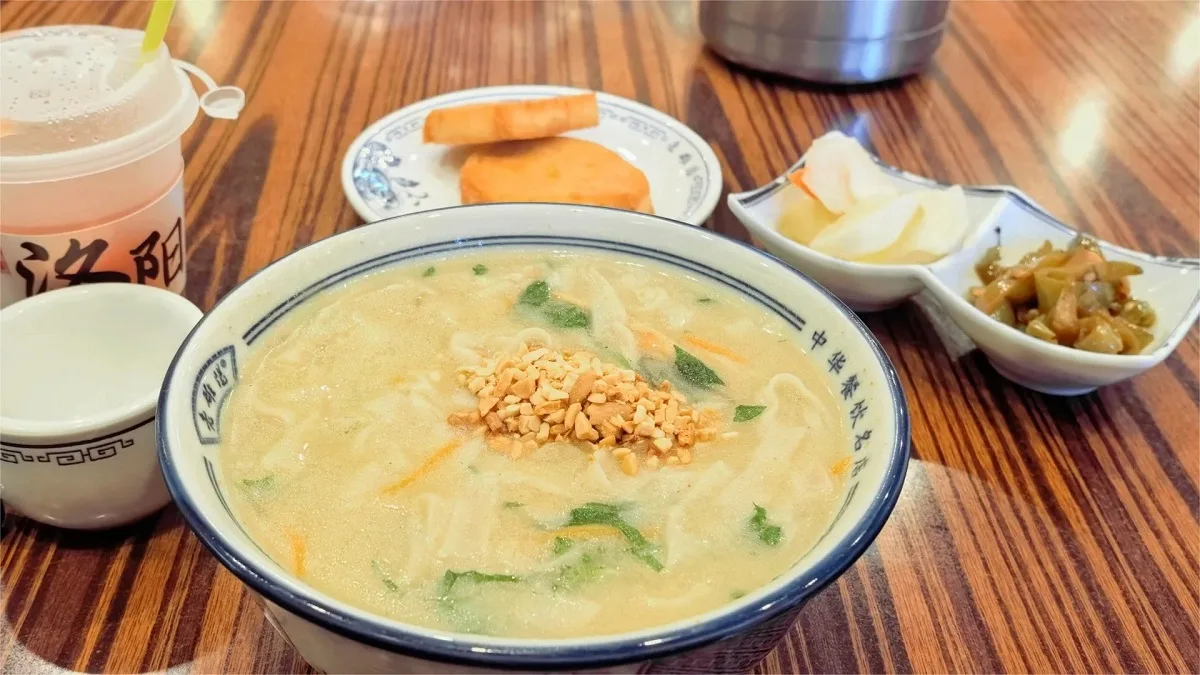Hu Tu Noodles (糊涂面), a traditional specialty snack from the northern regions of Henan Province, particularly around the Yellow River, boasts a rich historical and cultural background and a unique flavor. The origins of Hu Tu Noodles trace back to the late Western Han Dynasty. According to legend, during Wang Mang’s usurpation, he pursued Liu Xiu, the future Emperor Guangwu of Han, to the area around Copper River Village and Mogu Mountain in Song County. Famished and desperate, Liu Xiu sought refuge in a farmer’s home, where he was served a bowl of noodles made from wild vegetables and potatoes. The mixture of various ingredients made the noodles appear “muddled,” hence the name “Hu Tu Noodles.” Over time, this dish became popular in rural Song County, evolving into a local culinary specialty.
Preparation Method
The ingredients for making Hu Tu Noodles are flexible and can be adjusted based on the season and the availability of ingredients. The primary components typically include noodles, cornmeal or millet, and a variety of vegetables (such as sweet potato vines, mizuna, dried cabbage, dried spinach, and dried radish leaves). Additionally, dried vegetables (like dried sweet potato leaves and dried black locust leaves) and wild vegetables (such as amaranth and purslane) are often used. Common seasonings include salt, chicken bouillon, and monosodium glutamate (MSG).
The preparation process begins by boiling the cornmeal or millet into a thick soup base. Once the base becomes viscous, assorted vegetables and dried greens are added and cooked until tender. The noodles are then added and cooked through. Finally, seasonings are incorporated to enhance the flavor, and the dish is garnished with chopped scallions and minced garlic. For added texture and nutritional value, ingredients like vermicelli, soybeans, and cowpeas can also be included.
Taste and Texture
Hu Tu Noodles offer a unique taste and texture profile. The noodles themselves are chewy and elastic, while the soup base provides a comforting, thick consistency. The inclusion of various vegetables and dried greens imparts a rich aroma and a complex, layered texture to the dish. Depending on personal preference, additional seasonings such as chili, chive paste, or garlic paste can be added to diversify the flavor further.


